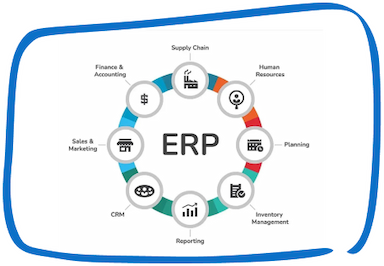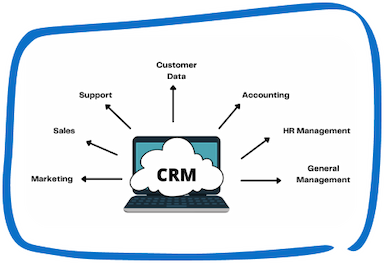Learn how to track your inventory in QuickBooks Online Plus.
QuickBooks Online has everything you need to manage your inventory. Track what’s on hand, get alerts when it’s time to restock and see insights on what you buy and sell. You can also enter non-inventory products and services so you can quickly add them to your sales forms. We’ll help you set it all up and get going.

Inventory features are available for QuickBooks Online Plus. If you don’t have Plus, upgrade your QuickBooks plan to start tracking your inventory.
Step 1: Turn on inventory tracking
If you haven’t yet, turn on these settings so you can add your inventory.
- Go to Settings ⚙ and select Account and Settings.
- Select Sales.
- Select Edit ✎ in the Products and services section.
- Turn on Show Product/Service column on sales forms.
- Turn on both Track quantity and price/rate and Track inventory quantity on hand.
- Select Save and then Done.
Step 2: Add your inventory products
Now you can add your inventory items as well as other products and services you sell into QuickBooks. This lets you quickly add them as line items to your sales forms. The steps to add inventory, non-inventory, and service items are slightly different:
Free Demo Available for All Products:
Add products you want to track as part of your inventory
- Follow the steps to add inventory items. These are products you sell that let you set and track product quantities.
Add products and services you buy or sell, but don’t track as part of your inventory
- Follow the steps to add service items. These are the services you sell to customers. For example, landscaping or bookkeeping services.
- Follow the steps to add non-inventory items. These are things you buy or sell but don’t (or can’t) track as inventory. For example, nuts and bolts used in an installation.
- Create bundles: Bundles let you group multiple products or services together. For example, a gift basket of fruit, cheese, or wine. Adding products in a bundle saves you from having to select them one by one in invoices or receipts.
Note: Remember, QuickBooks won’t track quantities for services, non-inventory items, and bundles.
Step 3: Keep track of what sells
Once you set up all your inventory products, you track them when they sell. There are two ways to track what you sell:
- Create an invoice if you’ll get paid later.
- Add a sales receipt if your customer paid on the spot.
QuickBooks then decreases what’s on hand by the amount on the invoice or sales receipt.
Check what’s on hand and what’s on order as you work
Check what’s on hand and what’s still on order as you work on an invoice, sales receipt, or another type of transaction. Just hover your pointer over the quantity you entered for an item to see more info.
If you set reorder points, QuickBooks will also let you know when something’s running low. If you set a low stock alert, QuickBooks will also let you know when something’s running low.
Note: To check all your products’ quantity on hand, go to the Sales menu then the Products and services tab. Or run reports to check what’s in stock at any time.
Step 4: Restock your inventory
QuickBooks tells you when it’s time to restock. You can order inventory right in QuickBooks. Then, track what you receive from suppliers and what’s still on order. When you do, the quantity on hand automatically increases by the number of items you receive.
[wpforms id=”296″]
Step 5: Use reports to check the status of your inventory
Access reports to instantly see your best sellers, what’s on hand, cost of goods, and more.
Speak with Our Team!
4.9 Stars
1k+ reviews on






